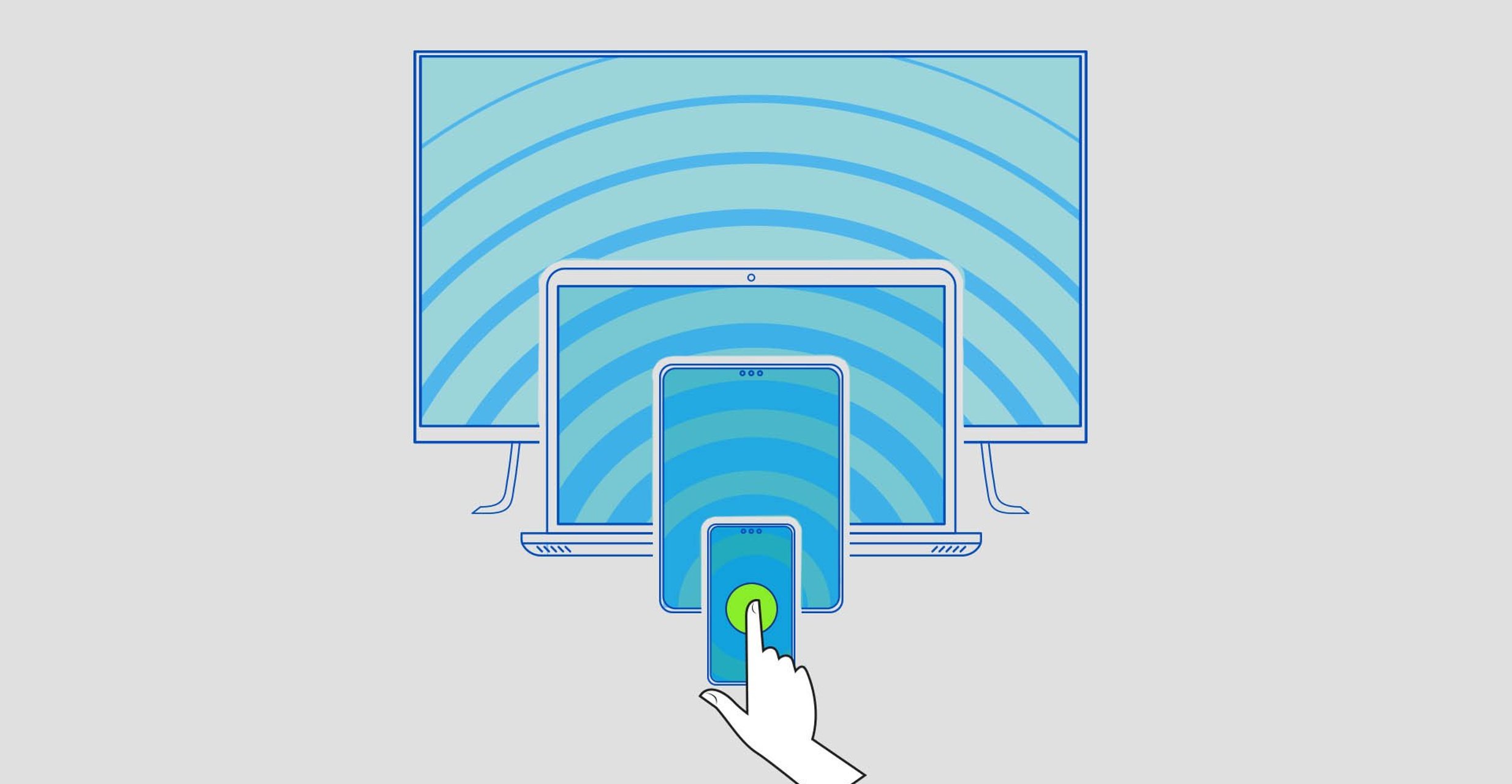Resources Data and measurement
The premium internet: where brands can reach audiences and activate first-party data

Select your country or region to see content tailored to your country.
Recruiting fraud is a growing issue for many companies.
The Trade Desk takes this issue seriously and is taking steps to address it.
Data and measurement
Given the intense competition for audience attention, and the fact that three out of four consumers expect brands to understand their unique needs and experiences, first-party data is fast becoming a powerful asset to any marketer.

Meeting customer expectations: the role of first-party data in the data-driven landscape
As the competition for audience attention intensifies, brand marketers must prioritise targeted and relevant advertising to stay ahead in the data-driven landscape. On the other side of the coin, today’s customers have higher expectations than ever before when it comes to the brands they interact with. According to a recent report by Salesforce, 73 per cent of customers expect brands to understand their unique needs and experiences.1
To meet this expectation, marketers can leverage the power of first-party data to gain valuable insights into their customers’ behaviours and preferences. By collecting data directly from their own websites, apps, and other channels, advertisers can gain insights into their customers’ browsing habits, purchase histories, and other valuable data points.
Before you can begin to employ your first-party data, you first need a solid foundation for identity resolution. This is where we come in.
Centralising identity on our platform: the foundation for advanced targeting
A strong identity strategy is all about reconciling multiple devices and IDs to individuals within households, across a vast media landscape. Identity Alliance – our cross-device marketplace – clusters those IDs so you can manage targeting and frequency.
Through our proprietary identity solution – a household graph which is built for scale – we offer a unique advantage for brands looking to maximise the potential of their first-party data. Our solution allows brands to make data-driven media investment decisions while reaching more households with higher accuracy. By using the graph, you can also control frequency, allowing you to focus spend.
When you centralise identity on our platform, you can extend your first-party audience data and retarget across devices and other IDs – including European Unified IDs as they become more broadly adopted – creating a more comprehensive and effective advertising strategy.
The importance of first-party data in EMEA brand advertising
Our media buying platform and cross-device capabilities allow you to connect with consumers and prospects across a range of environments. You can gather valuable information and signals that inform your message and media buying decisions at different stages of the customer relationship.
For example, “in-market brand loyalists” are customers who have already interacted with a brand by visiting their website or using their app, and they may have made purchases or signed up for loyalty programmes.
This group represents a valuable audience for brands, as they have already shown a degree of interest and engagement. By leveraging first-party data, advertisers can gain insights into their in-market brand loyalists’ browsing behaviours, consumption patterns, and purchase behaviours.
With this kind of knowledge, you can work towards targeting this audience with product-specific deals, creatives, and messaging tailored to their unique preferences and interests, aiming to increase the chances of converting these customers into repeat purchasers or even brand advocates. First-party data can give you a deeper understanding of the needs and behaviours of this segment, which allows you to create more impactful and relevant advertising experiences.
“Non-intender brand advocates,” on the other hand, are customers who have shown support for a brand in the past but may not have made a purchase recently. While these customers are valuable advocates for your brand, they likely require a different marketing approach to stay engaged.
By leveraging customer relationship management (CRM) data, app data, or website user data, you can identify these non-intender brand advocates and use targeted messaging to reengage them with your brand. This may involve frequency-based messaging to keep the brand top of mind, or deal-driven messaging that incentivises them to make a purchase. Our advanced targeting capabilities can help you identify these non-intender brand advocates and deliver tailored messaging to drive purchase or awareness.
In addition to engaging with non-intender brand advocates, we also offer data-driven prospecting to help you reach net-new potential customers. By leveraging insights gathered from current consumers, we can identify patterns and characteristics that are common amongst your target audience.
You can then use our platform to create lookalike models that identify potential customers who share similar characteristics with the existing customer base, helping you target new prospects with a higher likelihood of conversion.
By combining data-driven prospecting with other targeting capabilities, such as CRM data and app data, we enable you to reach the right audience with the right message at the right time.
Extending first-party audiences with Audience Insights
While first-party data is valuable in itself, you can get even more out of it when you utilise our Audience Insights. By growing your data foundation with the building blocks of first-party data, you can communicate with new audiences that you might not have reached otherwise, and learn about who to target, plus where and how to target them across different channels. Through Audience Insights, you can refine mixes of geolocations, understand app consumption habits, and apply data strategies that may resonate with your consumers. In the following section, we’ll explore how you can leverage Audience Insights to unlock the full potential of your first-party data and build more effective campaigns on our platform.
Case study: the strength of using first-party data
By working with The Trade Desk, BrewDog’s agency, Croud, was able to create a rich stream of first-party data for universal pixels across the year, enabling BrewDog to reach both audiences currently engaged with the brand and users who might not otherwise have been communicated with. This resulted in over 10 times the target number of transactions across the Black Friday period, delivered a 47 per cent below-target cost per acquisition and reached 88 per cent of the U.K.’s adult craft-beer-drinking population in just two weeks.
Marriott, together with its agency Digitas, used first-party data to gather insights on users’ intent on booking a room with the hotel chain and combined these insights with Digitas’ robust audience segmentation to deliver a retargeting campaign. The campaign expanded Marriott’s reach by 272 per cent across all device types, with a 300 per cent increase in bookings.
These case studies demonstrate the potential value of leveraging first-party data and Audience Insights on our platform to achieve better campaign results for EMEA brand advertisers.
Have more questions? Reach out to your representative at The Trade Desk today.
Resources Data and measurement

Resources Data and measurement

Resources Data and measurement
